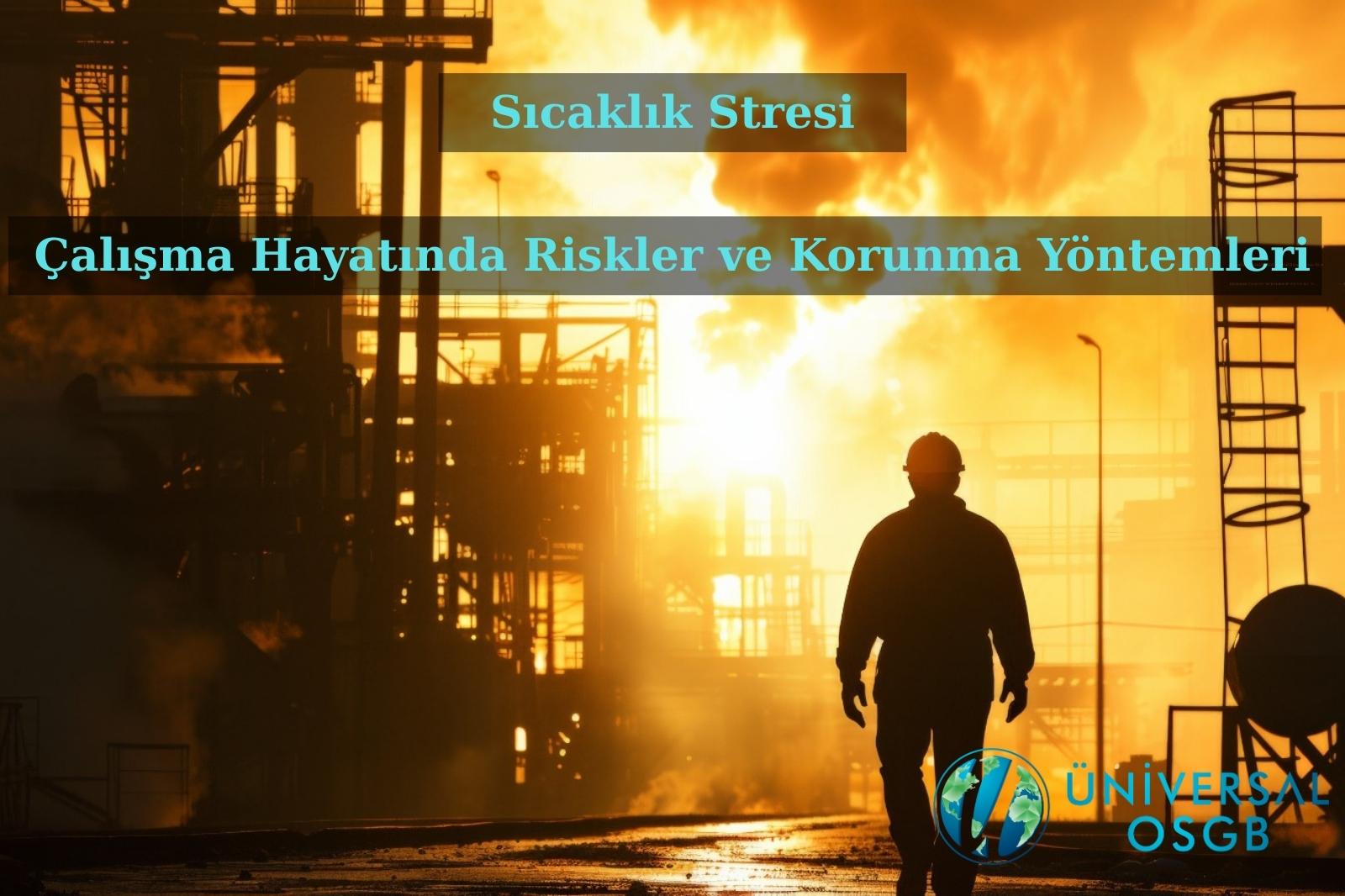
Heat Stress: Risks and Protection in Working Life
Heat Stress: Risks and Prevention Methods in Working Life
Climate change, increasing heat waves, and high humidity have become among the most important environmental factors that directly affect employee health. Workers outdoors (such as in construction, agriculture, mining, logistics) and those working in high-heat environments (ovens, foundries, industrial kitchens, etc.) are at high risk for heat stress.
Heat stress occurs when the body cannot regulate its temperature and can lead to outcomes ranging from mild discomfort to fatal conditions.
Symptoms of Heat Stress
Heat-related health problems generally appear progressively:
- Heat cramps: Muscle cramps due to mineral loss caused by excessive sweating.
- Heat exhaustion: Fatigue, dizziness, nausea, heavy sweating.
- Heat stroke: Body temperature rising above 40°C, loss of consciousness— a life-threatening condition requiring immediate intervention.
Risk Factors
Factors that increase the risk of heat stress:
- High temperature and humidity
- Insufficient fluid intake
- Excessive physical exertion
- Inappropriate work clothing
- Chronic diseases (cardiovascular disease, diabetes, etc.)
- Insufficient rest periods
Methods to Combat Heat
- Workplace Measures
- Effective use of ventilation and air-conditioning systems in workplaces
- Reducing work intensity during hot hours (especially between 11:00–16:00)
- Creating shaded areas and cooling points
- Scheduling heavy work for the cooler hours of the day
- Protective Measures for Employees
- Plenty of fluid intake: Water, ayran, and electrolyte-containing drinks are recommended; caffeinated beverages should be avoided.
- Appropriate clothing: Light, light-colored, sweat-absorbing cotton garments should be preferred.
- Head protection: Use of wide-brimmed hats or cooling liners under hard hats.
- Regular breaks: Those working in hot environments should rest frequently in the shade or a cool area.
- Training and Awareness
- Employees should be taught the symptoms of heat stress.
- First-aid procedures to be applied in emergencies should be explained.
- Team members should be encouraged to monitor one another.
First-Aid Approach
If an employee shows signs of heat stroke:
- Move the person immediately to a cool environment.
- Loosen tight clothing.
- Apply cold compresses; cool with water-soaked towels.
- If unconscious, do not give fluids by mouth; call 112 emergency services immediately.
Heat stress is largely preventable when precautions are taken. It is vital that employers provide appropriate working conditions and employees take personal protective measures. As the effects of climate change intensify, methods of combating heat should become an integral part of occupational health and safety policies.
Contact us for more information.
Üniversal OSGB
Occupational Safety and Worker Health Center


